If you are expecting the magnetic field from the stripe on a credit card (or similar card) to operate a reed switch, I think you are going to be sadly disappointed.
You need something like the tape head from an audio cassette deck, a sensitive audio amplifier with gain of 40 to 60dB, an audio level detector of some kind (to distinguish between random noise or interference) and a switch (relay or MOSFET) to close the output circuit. Tape head amplifiers are quite similar to microphone amplifiers in ther needs for high gain and low noise.
If you use a microcontroller with an ADC to detect the audio level, it can control the opening and closing of the output circuit, and maybe provide some validation that the correct card is used.
If you must use a reed switch as you suggest, you will need to embed a much more powerful magnet in the card (perhaps where the chip would be?) and then it poses a serious danger of erasing the stripes on any other cards in your pocket!
